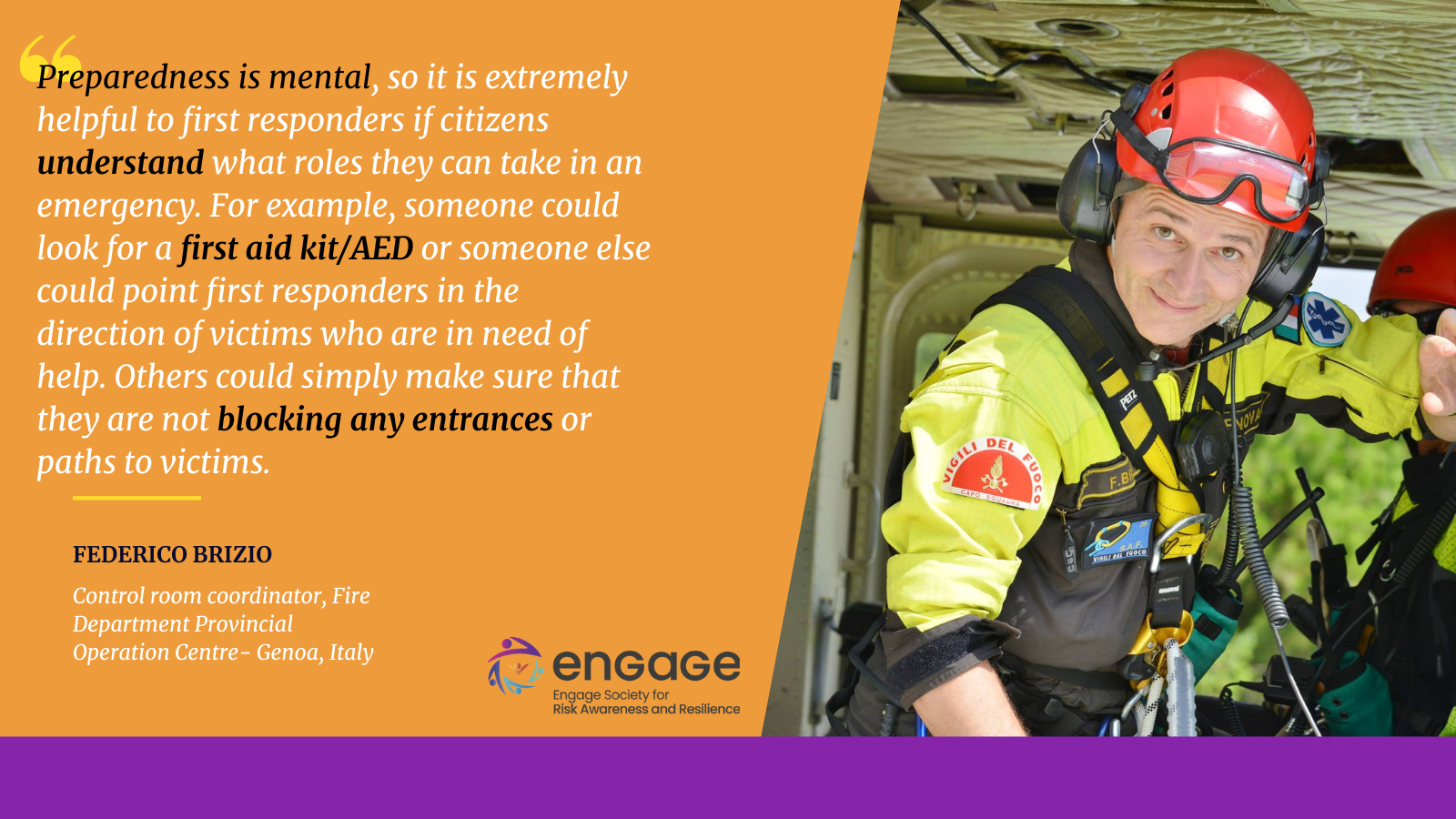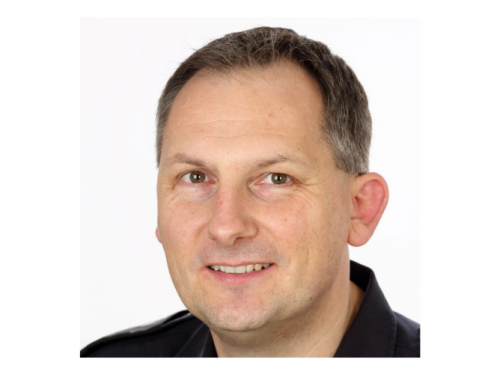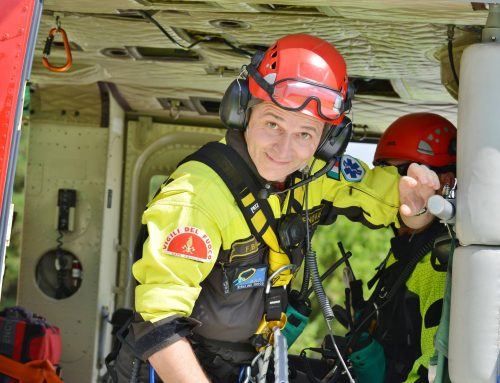According to the European Commission’s Civil Protection and Humanitarian Aid Operations mechanism, the enactment of preparedness measures by governments, communities, or individuals not only serves to prevent loss of life and livelihoods in a disaster but it also contributes to the building of resilience. Preparedness is especially important given the occurrence of more frequent and complex disasters and an increasingly urgent climate crisis.
So, what actions can average citizens and first responders take in order to be better prepared for extreme events such as fires, earthquakes, hurricanes, or even a pandemic?
Federico Brizio, a Ki-CoP member and control room coordinator for fire services in Genoa, provides a few tips drawn from over 30 years of experience as a practitioner.
1) Have access to a first aid kit that is stocked according to specific situations that might occur.
Although a basic element when it comes to preparedness, the importance of a well-stocked first aid kit cannot be understated. Federico advises to stock your first aid kit based on the context in which it might be used. For example, a basic first aid kit that would be useful in a variety of situations could include protective glasses, a mask, gloves, gauze, self-fix bandages, sanitizer, an adequate supply of thermal blankets, a bleeding control kit (e.g tourniquet, Israeli bandage, special gauzes) and a burning kit (gel and dressings for addressing burns), among other things (for example: a head lamp).
With an additional short, specific training, an AED (Automatic External Defibrillator) and an oxygen cylinder with mask would be very useful.
However, a non-sanitary kit aimed at surviving extreme situations such as a storm, earthquake, or even just a power outage, power banks, water bottles, and a GPS would be useful, as well as power generators, pick & shovels, saws, etc.
2) Take a first aid training course.
Federico is also an advocate for first aid training and re-training to enhance preparedness for citizens and first responders. For first responders, such a training should be composed of three components: a short introduction to theory, practice in a controlled environment, and practice in a real life/working environment. He also stressed the importance of maintaining this initial training through team-building exercises, periodic training exercises, and virtual training exercises. Although he noted that a first aid training would be more generalized when geared towards communities, he emphasized the importance of basic first aid techniques, such as addressing burns or stopping bleeding.
3) Gain an understanding of what your role might be when a disaster or extreme event occurs.
Federico also highlighted the fact that gaining a better understanding of emergency behavior is an important aspect when preparing for the occurrence of an extreme event or a disaster. Such an understanding can not only help citizens understand how to act or respond in order to protect themselves, but it can also be extremely helpful to first responders when they arrive on a scene. For example, citizens should understand where they should position themselves so that they don’t block the path of first responders or inhibit them from reaching victims or people who need help. Citizens could also help first responders by identifying the location of an AED, or first aid kit, or they could direct first responders towards individuals who need help. Last but certainly not least, it is vital for citizens to know how to properly make an emergency call and how to talk on the phone with the operator of the 9-1-1 (or 1-1-2).
Interested in learning more about Federico’s professional experience or about enhancing preparedness in general? You can check out this blog post.
You can also find out more about our diverse Knowledge and Innovation Community of Practice (Ki-CoP) members on the “Voices from the Ki-CoP” section of our website




